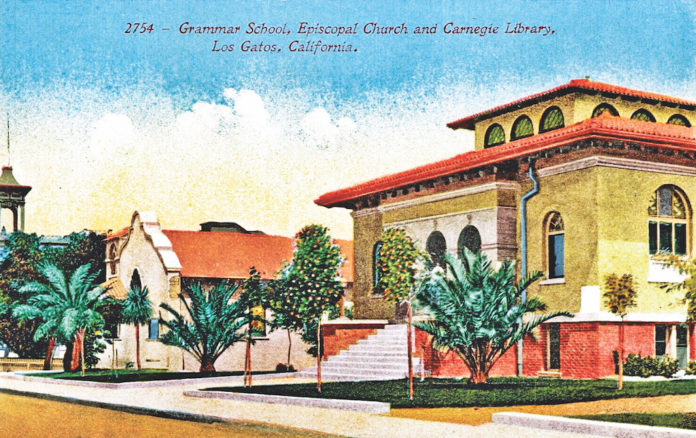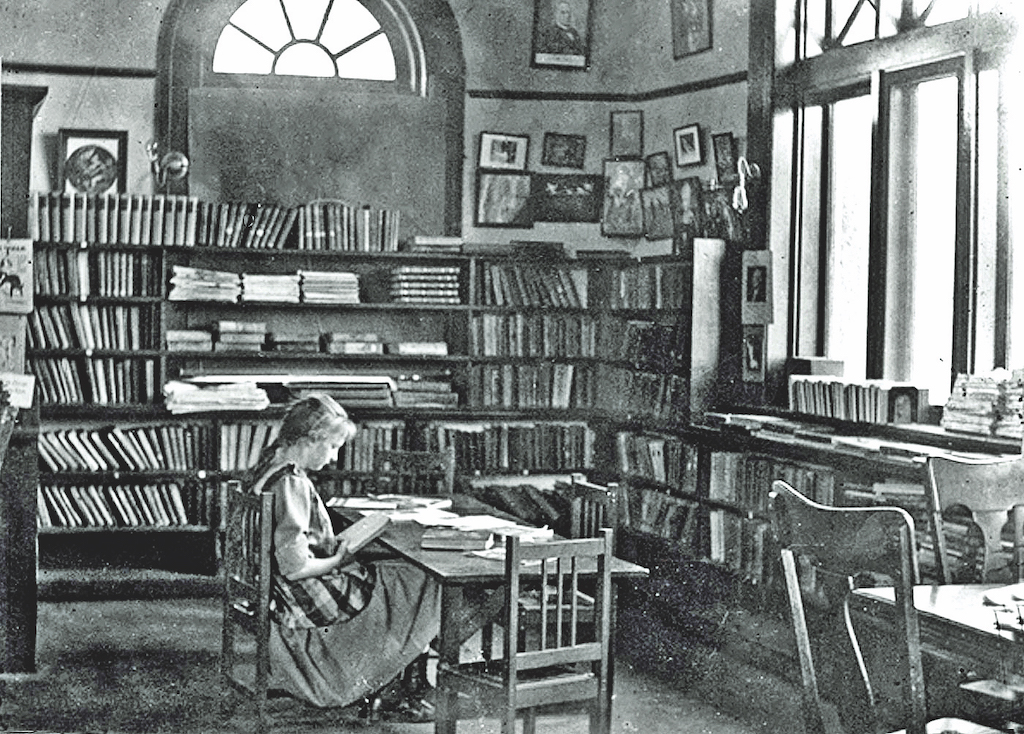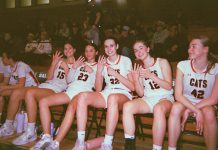
By Alan Feinberg, the founder of the LOST Gatos Project.
As we retreat indoors for the (hopefully) rainy winter, we’re fortunate to have a world-class public library in our community, with resources and amenities that could only be imagined years ago.
It seems that Los Gatans have always recognized the value of a public library. In 1898, a committee of prominent citizens was established by the Board of Trade to find a location for a library and reading room that would be managed by the Town. The Los Gatos Floral Society offered to donate its book collection, and the Women’s Christian Temperance Union followed suit with 350 “choice books.” A location was found in the back of a retail store on W. Main Street and $16 was budgeted to fix up the room. The tiny library, which opened with 846 books, was available to all 1,600 residents free of charge as long as they were recommended by a “responsible person.”
When a larger facility was needed to accommodate a rapidly growing population, the town acquired land adjacent to the Episcopal Church on University Avenue and applied for a grant from the Carnegie Foundation. Andrew Carnegie, a Scottish immigrant and self-made business tycoon who became one of the wealthiest Americans of the 19th century, devoted the last decades of his life to large-scale philanthropy with special emphasis on education. Between 1883 and 1919, he funded the construction of more than 3,000 free public libraries throughout the English-speaking world.

Carnegie’s $10,000 grant to Los Gatos for a new library building was especially timely. An acceptance letter arrived on Oct. 17, 1901, just four days after a catastrophic fire destroyed most of the downtown business district. People were jubilant, believing that their town would soon be on the road to recovery.
Construction was completed in 1903. Citizens embraced their new 2,000-square-foot library and welcomed an ordinance which forbade spitting tobacco juice on the floor, stealing library materials, and using profane language in addressing the librarian.
In 1906, librarian Henrianna Rankin created a Children’s Corner in the one-room library. Los Gatos was the first small town in California to offer this concept, which the State Library in Sacramento used as an example for other towns. Over the years, the Children’s Corner proved to be a highly popular destination.
When the Carnegie Library was damaged in the 1906 earthquake, it was held together simply by wrapping a thick steel cable around the foundation. By the early 1950s, cracks had appeared in the walls and ceiling, and beams in the basement began to sag. No thought was given to historic preservation, so the stately building was ultimately condemned as unsafe. It was torn down in 1954 and the site was sold to the church for use as a parking lot. All that remains of the Carnegie Library are the twin palm trees that originally flanked the main entrance.
After a 10-year stay in interim quarters on E. Main Street, the town library moved to the new Civic Center in 1966. By then, the book collection had grown to 70,000 volumes. The new Memorial Library featured a separate children’s wing and a large reference room with a microfilm machine on the lower level.
The current library, built in 2012 to replace the cramped Civic Center site, is a 30,000-square-foot architectural marvel and the pride of Los Gatos. From a modest beginning 125 years ago, each of the five generations of public libraries has proven to be a valuable asset in our community.
Alan Feinberg is the founder of the LOST Gatos Project. Our mission is to reignite passion among Los Gatos residents for preserving our town’s unique character and historic treasures before they’re lost forever.









